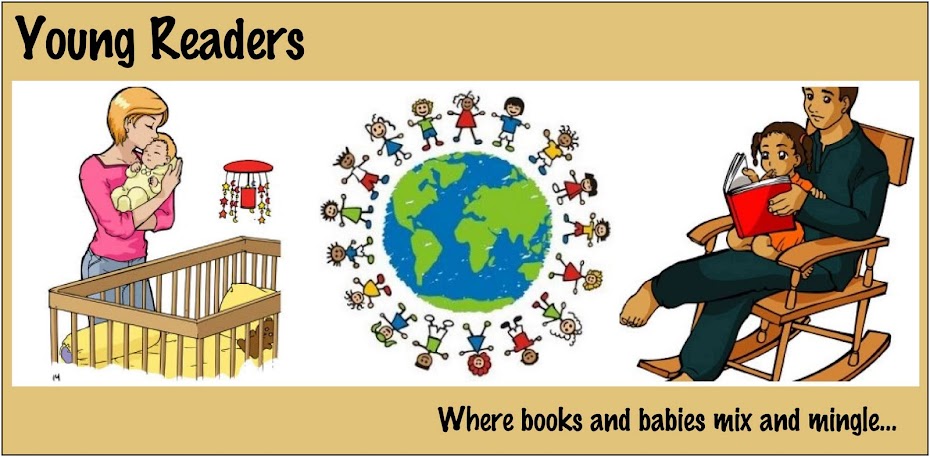First sentence: One sweltering Sunday Henry the duch had a headache. So he called his doctor. The doctor told him to wear a woolen bonnet, and rest...and EAT A LOT OF LOLLIPOPS. Out shopping on muggy Monday Henry the duck was caught in a flash storm and got a sore throat. The doctor told him to wrap a scarf around it, and rest...AND EAT A LOT OF LOLLIPOPS.
Premise/plot: Will Henry the duck need a new doctor, a better doctor by the end of the week?!?!
My thoughts: Too Many Lollipops is one of my favorite books from childhood. It is definitely one of the more memorable. It has lollipop end papers. The repetitive text which just keeps building and building and it is just DELIGHTFUL. I love the illustrations as well.
Text: 5 out of 5
Illustrations: 4 out of 5
Total: 9 out of 10
© 2023 Becky Laney of Young Readers























